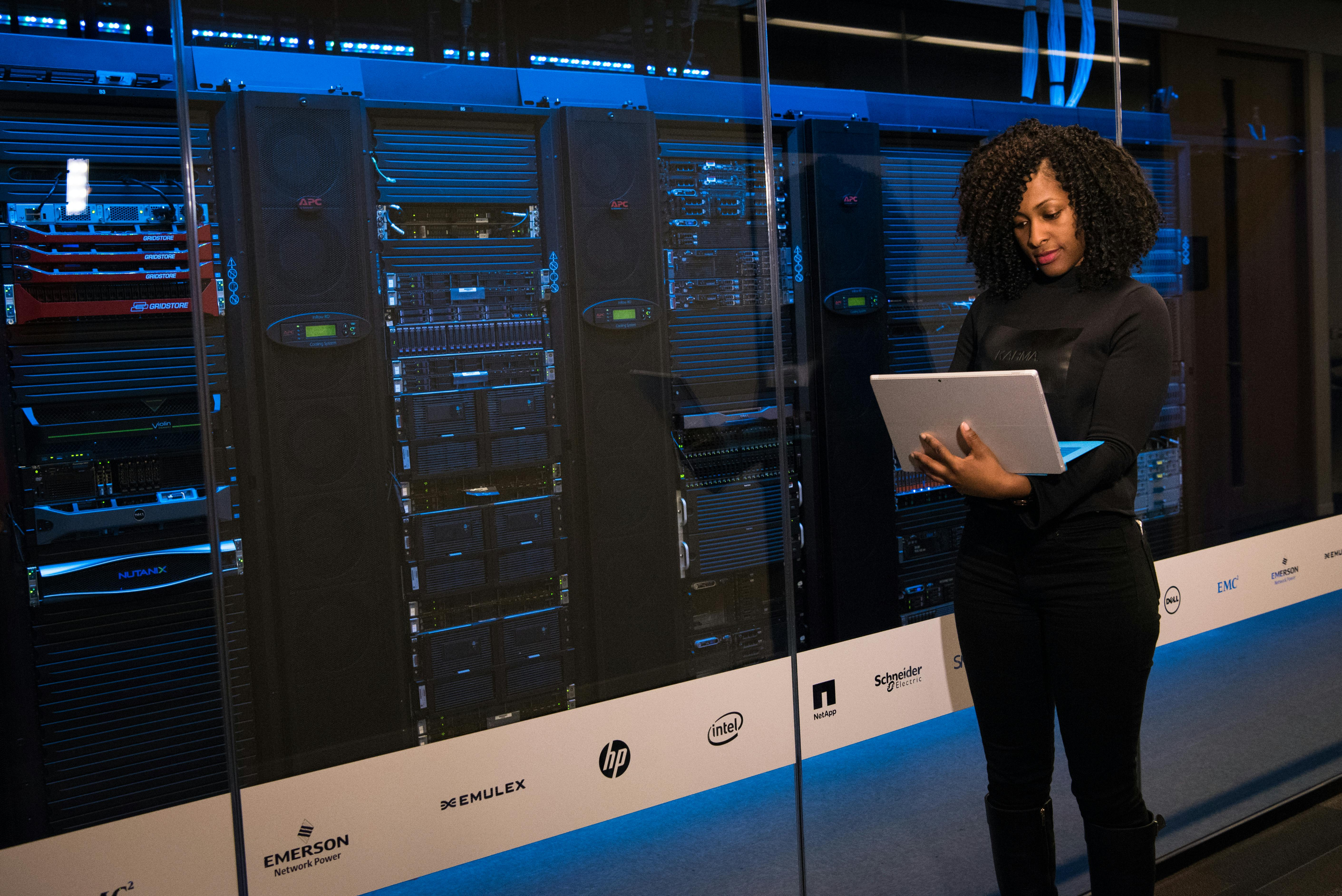SNIA Developer Conference September 15-17, 2025 | Santa Clara, CA

Changes in Encryption and Other Security Algorithms

Winchester
Tue Sep 17 | 2:00pm
Abstract
The IEEE Security In Storage Work Group (SISWG) produces standards used by many storage developers, storage vendors, and storage system operators. New and ongoing work includes:
* Improving security of the XTS-AES encryption algorithm used by self-encrypting storage devices.
* Guiding users in sanitizing their storage devices.
* Guiding users in sanitizing large-scale virtual and cloud storage systems.
* Coordinating with other standards organizations, such as NIST and SNIA, to improve the coherence of the standards ecosystem.
Learning Objectives
Understand the standards ecosystem and the position of SISWG and its work.
Understand the tightened requirements in the XTS-AES encryption algorithm (IEEE 1619), the reasons for those changes, and the effects on the producers and consumers of storage devices.
Understand upcoming standards and their effects on the storage devices produced or used by the participant's organization.

Related Sessions
Emerging Trends in Automotive Fabrics and Data Security
The blurring of the lines between data centers and automobiles continues to grow fuzzier. This talk explores the trends in automotive fabrics tying together a wild array of sensors, displays, processors, memory, and storage. Another data center trend that may actually appear first in cars is the need for post-quantum security algorithms, preventing malicious intruders from steering our cars off bridges.
New Developments in Data Security Algorithms
Storage developers need to understand that the algorithms and protocols used for data protection are in the midst of significant changes. This is driven by increases in the size of storage devices, the complexity of large data storage systems, discoveries of weaknesses, and improvements in attacks on encryption. Storage devices are seeing changes in block encryption algorithms and in implementations of those algorithms. Post-quantum cryptographic (PQC) algorithms will improve resistance to attacks using quantum computers, and a new timeline is in effect for adoption of those algorithms. Various protocols are being updated to use the new algorithms and to manage the transition to PQC.
SPDM PQC & Authorization
DMTF’s Security Protocol and Data Model (SPDM) protocol is a widely used set of standards that enable secure communication and device authentication for platform-level security. This session will give an update on major developments by the SPDM Working Group, and where the group is going over the next year. In the past year, DMTF has released SPDM version 1.4, the first version to support CNSA 2.0 algorithms for post-quantum cryptography. This was added to the specification in a way that maintains backwards compatibility with existing deployments and enables platforms to adopt forward-looking requirements. The SPDM to Storage binding (version 1.0) was also released, enabling SPDM to secure a broad range of storage transports using a common command set. This release enables SPDM across a variety of storage protocols using a broadly compatible command set.
DMTF has also released the SPDM Authorization specification, which adds access policies on top of SPDM. The authorization specification leverages the capabilities of SPDM to bring access control, credential provisioning, and policy management to modern platforms, including support for CXL. The session will conclude with a look at the SPDM Working Group’s roadmap, including anticipated enhancements and potential new use cases.






